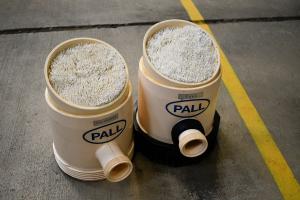- Your Government
-
Our Community
-
- About St. Helens History of St. HelensState of the CityCourthouse Dock Camera
- Local Events City Calendar Citizens Day in the Park13 Nights on the RiverSpirit of HalloweentownRecreation Activities Sand Island CampingKeep It Local CC
- Community Resources City Newsletter City Social Media Emergency Services New Resident InformationProtecting Our Environment
-
-
Business & Development
-
- Local Business Directory Get a Business License City Bids & RFPs Broadband Study
- Business in St. Helens St. Helens Advantages Directions & Transportation Incentives & Financing Resources for Businesses Business Guide Columbia Economic Team Chamber of Commerce
- Current City Projects Waterfront Redevelopment Public Safety Facility Strategic Work Plan
-
-
How Do I?
-
- Apply for a Job Apply for a Committee Find A Park Find COVID Info Find Forms Follow St. Helens - Facebook Follow St. Helens - Twitter Follow St. Helens - YouTube
- Get a Police Report Get a Business License Get a Library Card Get a Building Permit Newsletter Signup Past Public Meetings Pay My Water Bill
- Public Records Request Report a Nuisance Register for Rec Activity Reserve a Park Sign Up for the 911 Alerts Universal Fee Schedule
-
St. Helens Water Filtration Micro Fibers
Did you know that we use a filtration process to help make St. Helens water safe to drink?
The St. Helens Water Filtration Facility has four racks of filtration modules for filtering the water from our wells. These racks each contain 52 modules and each module is made up of 6,350 micro-fibers. That’s over 1.3 million microfibers used in our initial filtration process!
These tiny fibers are hollow tubes with small holes (pores) in their walls. Because these pores are so tiny, it allows water to filter into the fibers while blocking out harmful bacteria, algae, silt, and other contaminants.
How tiny are the pores?
- Each pore is 100 nanometers wide (0.1 micrometers).
- A small E. coli bacteria is two and a half times bigger than a pore.
- A red blood cell is about 70 times larger in diameter.
- A strand of spider web is about 45 times thicker.
- A strand of human hair is 700 to 1,000 times wider.
- The average piece of copy paper is 1,000 times thicker.
You can find out more information about our St. Helens Water Filtration Facility on our website.
Posted August 18, 2022

